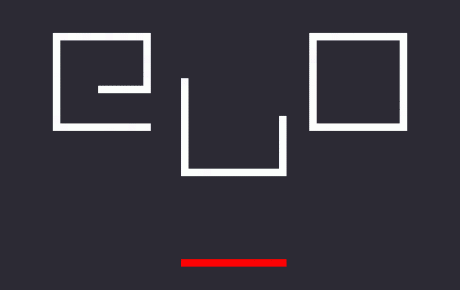This document is a DMO. It is born from the transformation of an existing document. Words were replaced within it with other words through the Find and Replace feature of Microsoft Word. Moreover the word file was transformed into a video: dmo.mov. Through these transformations the digital document has become a different document: a DMO. But this document is still readable and it contains within itself the definition of DMO, i. e. Digitally Modified Organism. The text of this document is a product of electronic literature. As video it is a hybrid work of literature that presents itself as an essay on a topic while also being the subject of an essay. A Digitally Modified Organism is a digital being that has a digital heritage, this heritage is a sequence of modifications using digital engineering techniques, which allow the addition, deletion or transformation of digital elements or their subparts. The definition of the Digitally Modified Organism includes all those objects whose parts of the immaginoma has been modified through the modern techniques of digital engineering. All those organisms whose digital heritage is changed as a result of spontaneous processes (changes due to the corruption of the digital matter or the corruption caused by internet transfers of digital matter), are not considered to be “digitally modified organisms”. They are “digitally modified organisms” those ones that are modified by us intentionally through techniques that are included in the digital technologies (for instance editing or video editing operations, - or as in this case using certain features of the Word program - desktop video capture programs, image processing and video editing programs). A DMO cannot be recognized as a transdigital organism: the two terms are not synonymous because the term “transdigitalization” refers to the insertion - into a given non-digital organism - of objects and/or files clearly digital derived (for example, this happens considering the most extensive meaning of hybrid literature, where from a traditional print text the reader is invited to continue the exploration of text through a different medium such as an internet connection that links to a video related to a printed text). We define as DMO those organisms that show modifications that provide for the incorporation of digital matter from “donors” of the same (digital) type through objects and/or files and/or infinitesimal parts such as pixels (for example, in the montage of images, in video editing, in the assembly of static images or text within video).
Digitally Modified Organism
Source Database:
ELMCIP
Source Entry URL:
Source Entry OAI-PMH Identifier:
oai:elmcip.net:713
Source Entry Language(s):
English
Description(s):







